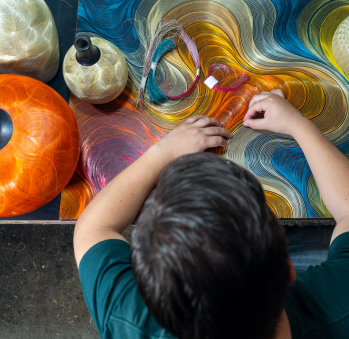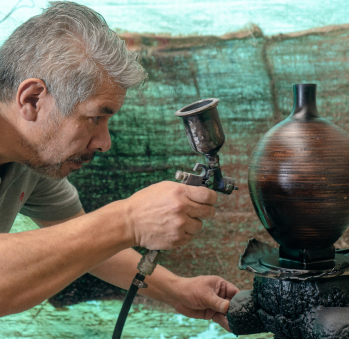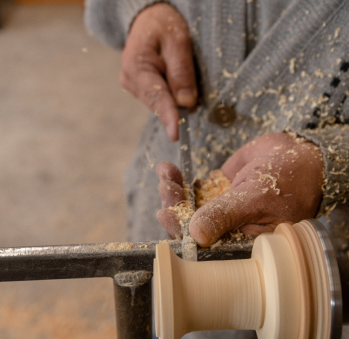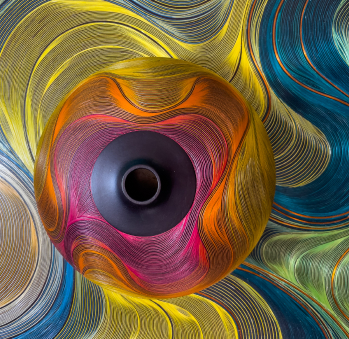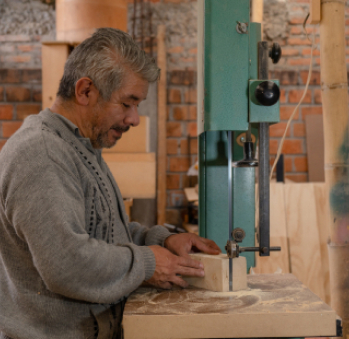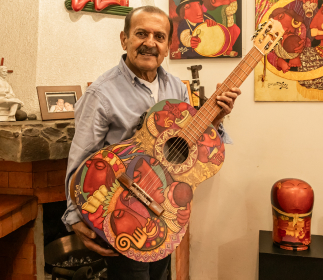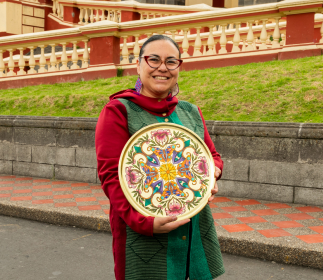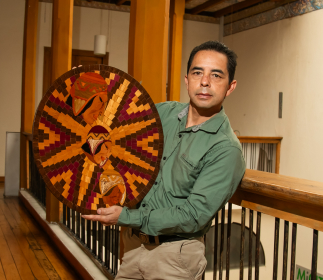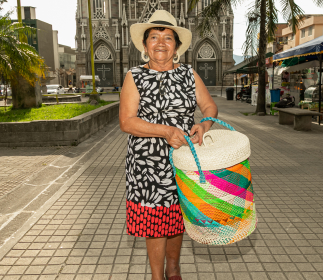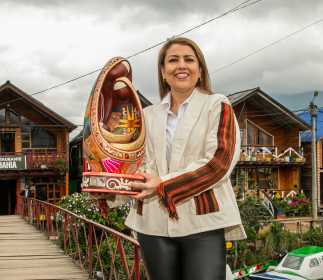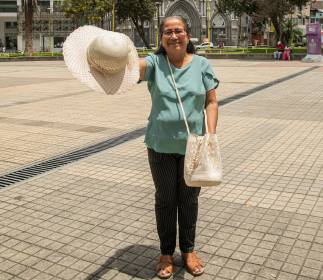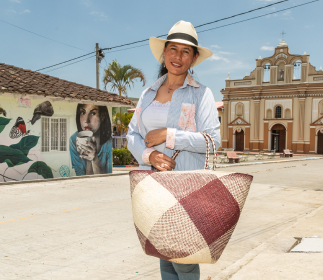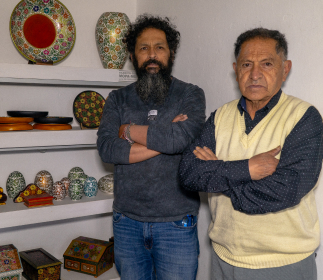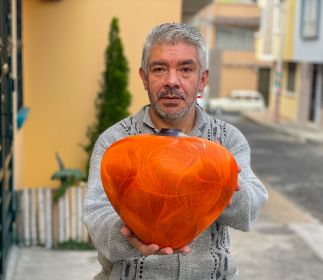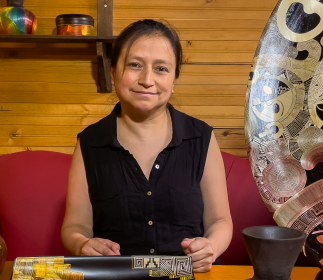Luis Miguel Delacruz
He is the first of his kin to consider himself a craftsman. His family, however, has always been full of carvers, cabinetmakers, and carpenters. He practiced the trade for years: he mastered the wood lathe and skillfully carved cedarwood. He crafted fine furniture for export in a Bogotá-based company. His mother got divorced when she was young and raised her eight children on her own. Moreover, she worked until she was over 80 years old. For this reason, he will always have words of affection and admiration for the memory of Doña Alba Virginia.
When he returned to Pasto, he started working in a brother-in-law’s leather-embossing workshop. The latter is another one of Pasto’s traditional trades. He was in charge of manufacturing the wooden frames for the trunks and chests that were made in the workshop. After a few years performing the craft, Miguel and his brother, Diego, joined efforts to start producing and selling the leather wares that would later make them famous, as well as other Tamo-veneer products.
Diego continued embossing leather and Miguel specialized in Tamo veneering. He realized that the designs that were commonly made with this fiber were too crude and that they could be improved through ingenuity, dedication, and trial-and-error. With this in mind, he started drawing sketches for his apprentices. After many mistakes, they finally came up with a solution to this problem that was innovative and beautiful, portrayed refined representations of Pasto’s landscapes, and explored novel weavings filled with diverse textures. He also introduced the possibility of dying the craft’s raw materials, thus expanding its design palette.
This set a new standard in Pasto and led the city to follow Miguel’s ideas and experiments. He has taught many craftspeople throughout his journey as well. He has done this knowing that each one of his students will eventually launch their workshop and start a career of their own in the trade. He has spent many years experimenting, testing, and improving the application of the technique in question. Life, however, has taken him back to basics.
Although he was the first person to innovatively dye Tamo, he has currently found himself returning to the material’s essence: the natural luster of plain and elegant colors. He does not mix textures and designs either, rather he focuses on synthesis and clean lines in his wares. This is his quest for fineness. He is proud to have passed on his knowledge to his children and knows that the preservation of his legacy is in their hands. He confidently believes that this trade will live on.
Craft

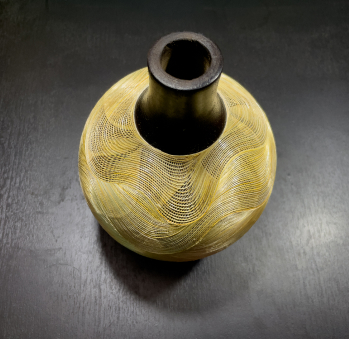
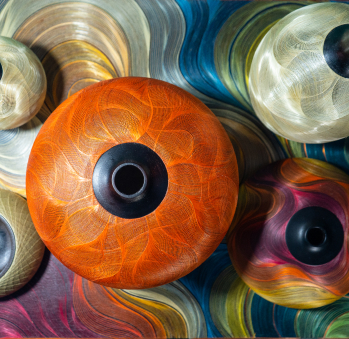



Artisans along the way
Artisans along the way
No puede copiar contenido de esta página









































